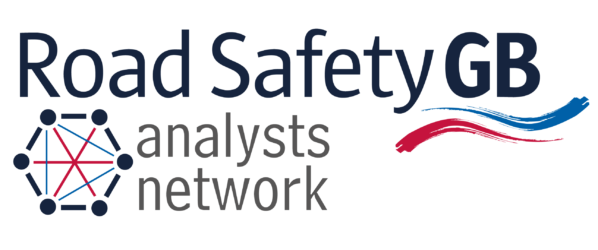The Road Accident In-Depth Studies (RAIDS) database was designed in 2012 to collect new information and collate historic in-depth studies and accident research to better understand the reasons and consequences of collisions. RAIDS is a source of documented and detailed evidence and data which is useful in informing the development of countermeasures to reduce the number of KSI’s though policy development, technology and practice to improve road safety outcomes.
RAIDS brings together different types of investigation from earlier studies, into a single programme combining existing data within a new and comprehensive database of collisions involving vehicles to evaluate vehicle crashworthiness performance. Data is collected and analysed using real-time collision data working in collaboration with the police and hospitals. RAIDS investigations are primarily concerned with how and why people are injured.
The data is collected to identify crash scenarios, including contributory factors relating to the vehicle, road and road users , which lead to varying severities.
The data collected is used to:
- Identify how people are injured in road traffic collisions, the injuries they sustain, and how these correlate to vehicle characteristics and design features
- Establish the extent to which a range of safety related measures have reduced the risk of injury to road users involved in collisions
- Identify measures to reduce further the risk of collisions and injuries
It is one of the primary large-scale in-depth collision data collection projects in Europe.
RAIDS has frequently been consulted in the last few years to support the development of vehicle safety measures including Autonomous Emergency Braking, Event Data Recorders and Emergency Lane Keeping.
The database is contracted and managed by Transport Research Laboratory (TRL) and Transport Safety Research Centre at Loughborough University (TSRC) and funded by the Department for Transport. It is analysed and consulted upon by experts in understanding human behaviour, injury biomechanics and collision avoidance technologies.
Further information can be found on the government website here
